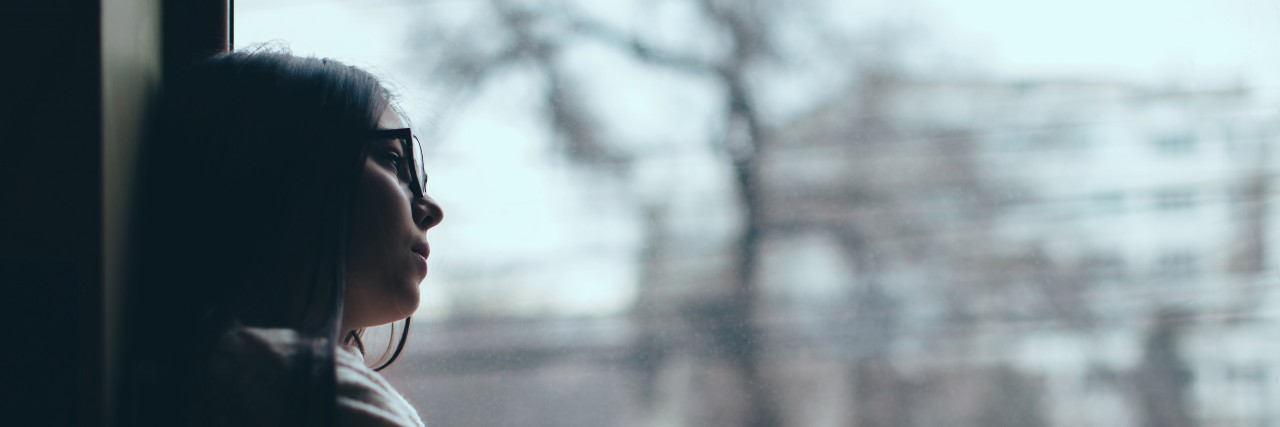As a person with cerebral palsy and visual impairment, I represent .03 percent of the U.S. population and face some unique challenges. The main challenges I faced as I was growing up were finding role models who had multiple disabilities, self-disclosure of disabilities, and self-identification as a multi-disabled person — where I fit.
I found finding role models with multiple disabilities difficult during my childhood and teenage years because they were not represented well in any mainstream media. My respective disabilities were represented separately rather than together. This showed the lack of diversity of the disabled community for people like myself. I hope this changes in the future, because it would lessen some of the stigma around having multiple disabilities. It would give children and young adults role models to look up to, people who could give them some hope they can do whatever they choose in life, regardless of their multiple disabilities.
The most difficult of the three challenges was self-disclosure. I was not sure most of the time which disability to disclose first, my cerebral palsy or my visual impairment — or even whether to disclose them at all. This was especially difficult when dealing with services that were related to only one of my specific disabilities, because my other disability was often forgotten about. I noticed this most when applying to colleges and when I applied to take my teaching licensing exam. When filling out the applications and applying for accommodations, there is usually no box on the applications for multiple disabilities. I usually end up checking off cerebral palsy, visual impairment or blindness, if there is that option on the application.
Another thing that was extremely difficult for me growing up was disclosing to individual people about my disabilities, especially to those who only have one of my disabilities or no disability at all. I feared rejection or lack of empathy. I still struggle with self-identification as it relates to daily living and my self-image today. I’m in my 30’s and still do not know which disability category I feel fits me. There are some obstacles I have in common with people who are visually impaired and the blind community. I need to have large print material, and sometimes have to use paratransit as a way to get from place to place, because my vision is so low that it would be impossible for me to drive. I share other obstacles with people who have cerebral palsy like myself, including using mobility aids such as a wheelchair, having a personal care assistant, and the need for adaptive equipment for daily living.
When I was in my childhood and teenage years, I tried to assimilate into each group the best I could. I attended a summer camp for people with cerebral palsy, and in my junior year of high school, I attended a college program strictly for visually impaired and blind individuals who wanted to attend college. Attending these programs only made me feel more torn about where I fit in with both of these disability groups. So as my teen years were about to end, I decided it was best to separate myself from any part of the disability community until I found where I fit in. In doing so, I learned it shouldn’t matter if you have multiple disabilities — even though people’s perceptions may seem like it sometimes.
My advice to young people who are facing the unique challenges of multiple disabilities is to find self-acceptance and surround yourself with people who accept all of your disabilities. Some people may not understand your struggles, and that’s OK. Focus on accomplishing things you want, whether it be college, getting a job or doing something you’ve always dreamed of, like what I’m doing right now. I hope reading this story will help you to realize there are other people going through the exact same struggles you are as a multi-disabled person. Try everything you can, even though it may be difficult with your conditions. Do your best to keep a positive attitude about everything you try to do, regardless of the outcome.
I hope this message finds you, helps you be empowered and gives you hope. I am glad I could shed light on the struggles of multi-disabled people, so others inside and outside the disability community can better support us. I hope this story not only helps individuals with multiple disabilities, but their families as well, so they can be prepared if their child/teenager is going through the same challenges I did growing up. Writing this story has given me a greater purpose, because I believe it will help someone I may never get the opportunity to meet in person. I hope they realize that even though we are a small percentage of the population, there are other people going through the exact same thing. No one deserves to feel like they are completely alone.
We want to hear your story. Become a Mighty contributor here.

